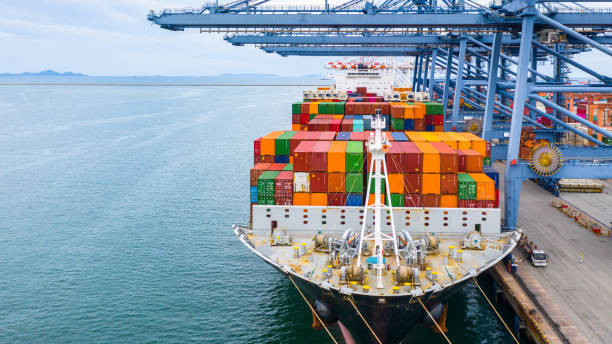The maritime industry plays a crucial role in global trade, with billions of tons of goods transported by sea each year. From logistics companies and port operators to shipowners and regulatory bodies, accurate data is essential for smooth operations and effective decision-making. One key aspect of maritime data is ship tracking, which provides real-time and historical information on vessel movements, routes, and positions. However, traditional methods of ship tracking are often inefficient, costly, and lack accuracy. This is where a vessel finder API comes into play, revolutionizing how ships are tracked and managed. In this article, we will explore the importance of accurate data in the maritime industry and why a vessel finder API is the best solution to meet the industry’s needs.
Accurate data is critical in the maritime industry for various reasons, such as:
- Operational Efficiency: Efficiently managing ship movements is essential for logistics companies, port operators, and other stakeholders in the maritime ecosystem. Accurate data on vessel positions, routes, and estimated arrival times enables effective planning and scheduling of port operations, berth allocations, and cargo handling. It helps minimize idle time, optimize routes, and reduce turnaround times, resulting in improved operational efficiency, reduced costs, and enhanced customer satisfaction.
- Safety and Security: Safety and security are paramount concerns in the maritime industry. Accurate data on vessel movements allows for proactive monitoring and early detection of any deviations from planned routes, suspicious activities, or potential security breaches. It enables stakeholders to take preventive measures to mitigate risks, such as piracy, smuggling, or illegal fishing. Accurate data also facilitates compliance with international regulations, such as the International Ship and Port Facility Security (ISPS) Code, by providing real-time information on vessel movements and locations.
- Decision-Making: Data-driven decision-making is vital for the success of any industry, and the maritime industry is no exception. Accurate data on vessel movements, trade routes, market trends, and other relevant information empowers businesses to make informed decisions. It helps identify new business opportunities, optimize trade routes, negotiate better contracts, and make strategic investments. Accurate data also supports performance tracking, benchmarking, and trend analysis, enabling stakeholders to continuously improve their operations and stay ahead of the competition.
To meet the ever increasing need of accurate information in this field, we recommend Zyla’s Vessel Traffic Information API, which is a powerful tool that can be easily integrated into an app or a website, and it’s main advantage is it’s flexibility, as we’ll see below.

How To Use This API
Vessel Traffic Information API is one of the best options in the market when it comes to satisfy the need for accurate, real-time information about the location of ships at sea or at port. It has several options to track ships, the parameters to perform a search include a ship’s number, or a particular set of coordinates; latitude, and longitude. In the latter case you will get a list of all the vessels that are located in that area. After a quick search you’ll receive information like the destination port, departure port, general information about the ship, like it’s max draught, it’s longitude, and more. The output looks like this, in this case, the input was a ship’s IMO code:
{
"status": 200,
"success": true,
"message": "IMO Code 9270622 is valid",
"data": {
"imo_number": "9270622",
"vessel_name": "AQUAMAN",
"ship_type": "Offshore Tug/Supply Ship",
"flag": "Vanuatu",
"gross_tonnage": "2332",
"summer_deadweight_t": "2162",
"length_overall_m": "69",
"beam_m": "16",
"year_of_built": "2003"
}
}To make use of it, you must first:
1- Go to Vessel Traffic Information API and simply click on the button “Try Free For 7-Days” to start using the API.
2- Employ the different API endpoints depending on what you are looking for.
3- Once you meet your needed endpoint, make the API call by pressing the button “run” and see the results on your screen.

